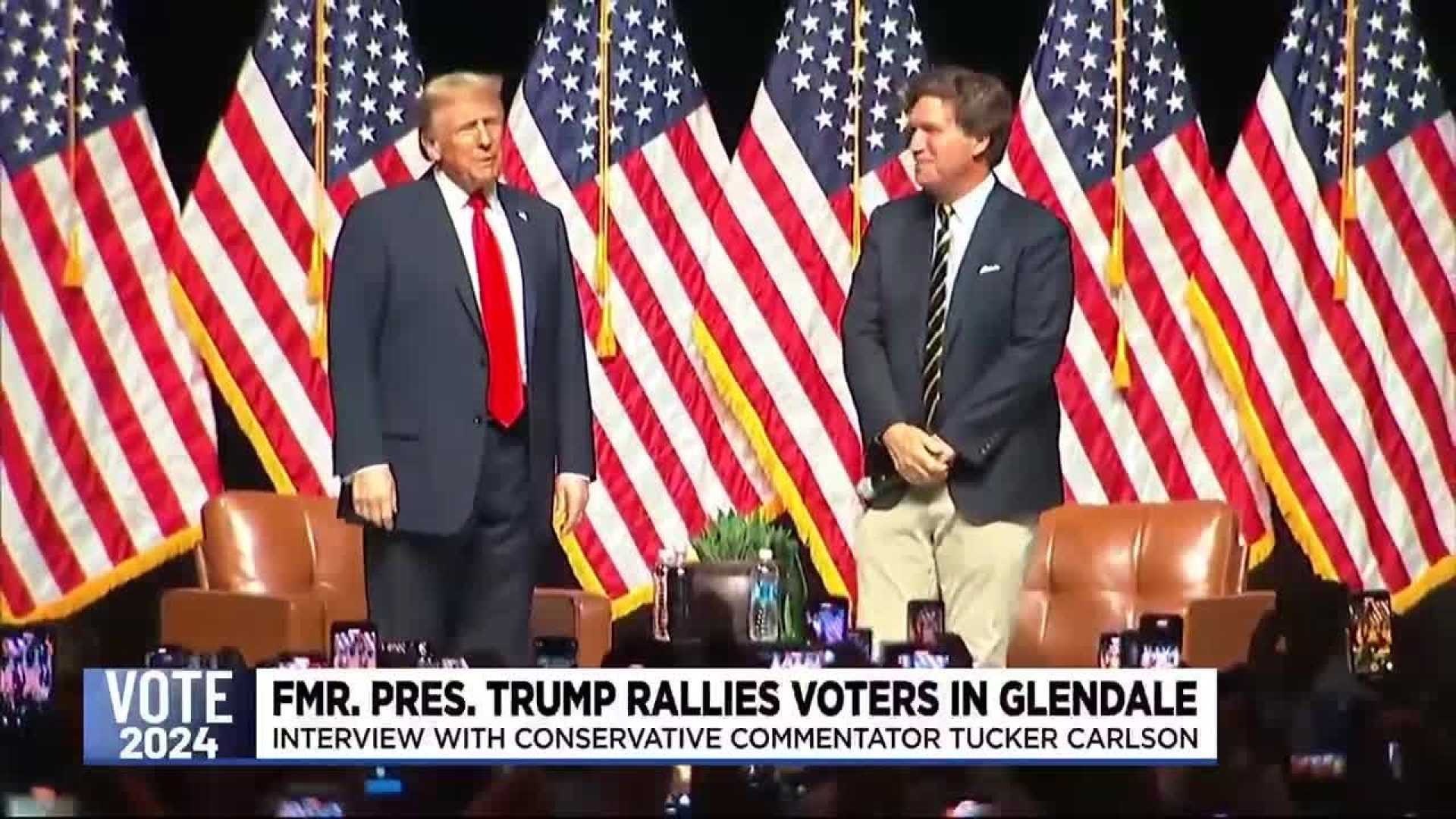Politics
Trump Administration Shifts Timeline for Ending Ukraine War

GLENDALE, Ariz. — The incoming Trump administration has revised its timeline for ending the Russo-Ukrainian War, shifting from a promised 24-hour resolution during the campaign to a more realistic three to six months. President-elect Donald J. Trump‘s foreign policy team, led by newly designated National Security Advisor Michael Waltz, emphasized the complexity of the negotiations and the need for a stabilized front in Ukraine.
In a Sunday interview with ABC, Waltz highlighted the global recognition of the urgency to end the conflict, which has devolved into a World War I-style stalemate with significant human and resource costs. “The world has understood that combat in Ukraine and Russia should be stopped quickly,” Waltz said. He noted that even Ukrainian President Volodymyr Zelensky has expressed readiness to work towards a just and responsible end to the war.
Waltz outlined Trump’s strategy, which involves developing personal relationships with key players like Zelensky and Russian leader Vladimir Putin to facilitate an agreement. “We haven’t set the exact framework for it yet, but I do expect a call from Kremlin representatives in the coming days and weeks,” Waltz said, indicating that preparations for a Trump-Putin meeting are underway.
The Trump administration’s approach also includes potential additional shipments of long-range strike weapons to Ukraine if Russia proves unwilling to negotiate. Waltz stressed the importance of addressing manpower shortages in the Ukrainian military, stating, “We need to see those manpower shortages addressed. This isn’t just about munitions, ammunition, and writing more checks. It’s about seeing the front lines stabilized so that we can enter into some type of deal.”
Zelensky, in December comments on X, emphasized the need for adequate military equipment and training over lowering the draft age. “We should focus on equipping existing brigades with equipment and training personnel to use this equipment,” Zelensky said. He called on the US to provide the necessary support to halt and turn back Russian attacks, highlighting the disparity between promised and delivered military aid.
According to Ukrainian government estimates, Kyiv has received only about half of the $61 billion worth of military hardware and assistance promised by Washington since Russia’s February 2022 invasion. A US embargo on military assistance to Ukraine from late December 2023 to late April 2024 further complicated the situation.
Trump’s stance on Ukrainian NATO membership has also drawn attention. During a press conference at his Florida resort, Trump signaled possible agreement with Kremlin opposition to Ukrainian NATO membership, stating, “A big part of the problem was Russia for many, many years, long before Putin, said you could never have NATO involved with Ukraine.” He expressed understanding of Russia’s concerns about NATO expansion and indicated a preference for direct negotiations with Putin.
Lt. Gen. (Ret.) Keith Kellogg, Trump’s special negotiator for Ukraine, expressed confidence in Trump’s ability to broker a peace deal. “I think they’re going to come to a solvable solution in the near term,” Kellogg said, setting a personal and professional goal of 100 days to achieve a resolution. He emphasized that the Trump administration aims for a “fair and equitable” agreement, not a Ukrainian capitulation to Russia.
As the Trump administration prepares to take office, the focus remains on stabilizing the front lines, addressing manpower and equipment shortages, and fostering direct negotiations between key stakeholders to bring an end to the protracted conflict.












